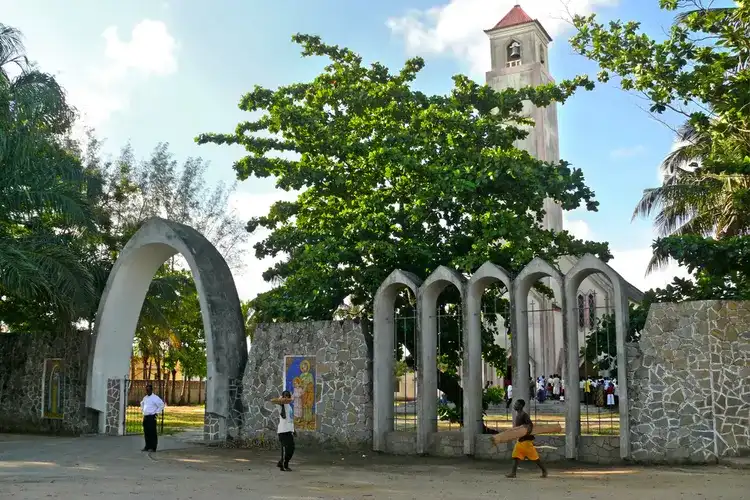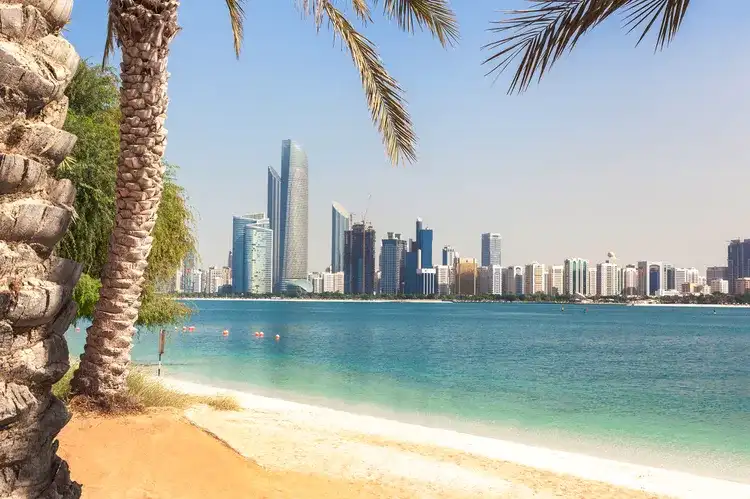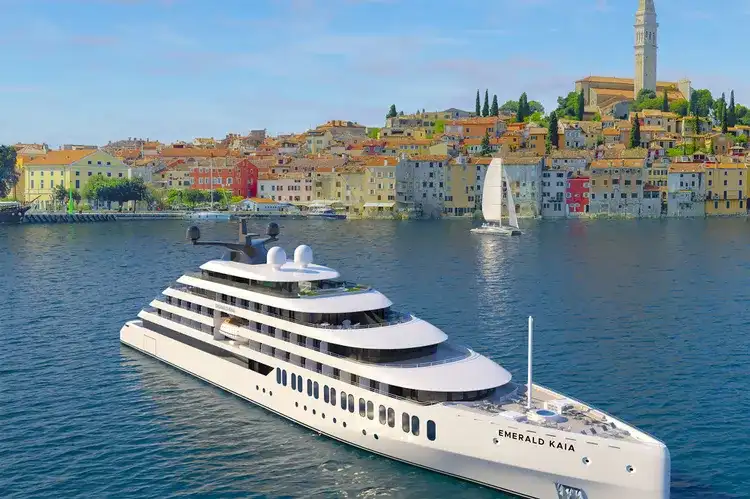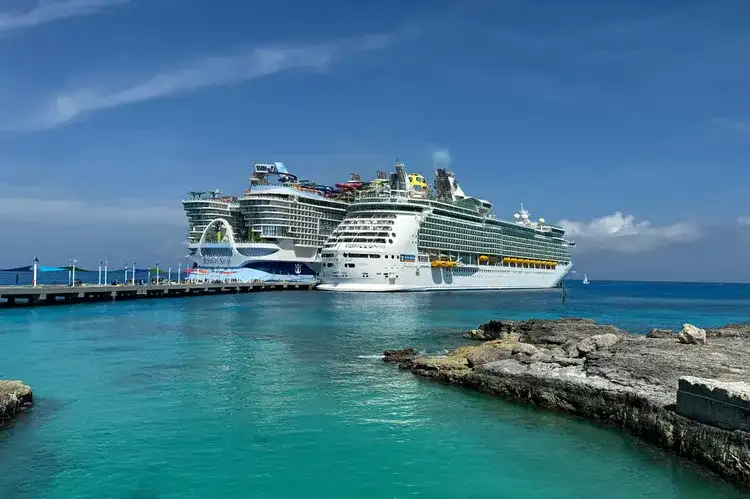There’s nothing quite like experiencing a new place on foot, and if active exploration is your style, there’s now a clear destination for your next adventure. Quelimane, a vibrant seaport city in Mozambique, has just been named the world’s most walk-friendly city, topping a major new global study on active mobility and sustainable urban living.
The research, published by The Economist and conducted by Rafael Prieto-Curiel and Juan Pablo Ospina, analyzed the mobility habits of 850 million people across 794 cities worldwide. The findings were definitive: in Quelimane, over 82 percent of the city’s 349,842 residents walk as their primary mode of transportation, with an additional 9 percent relying on bicycles. This makes Quelimane not just a leader in walkability but a genuine example of how cities can support healthy, sustainable lifestyles.
Experts from Sustainable Mobility emphasized the importance of strengthening pedestrian and cycling infrastructure in Quelimane and throughout Africa. As urban growth continues, there’s a pressing need to maintain and improve conditions for walkers and cyclists. Quelimane is already taking steps forward by introducing cycling paths, dedicated cycling highways, and shared bicycle programs – measures aimed at keeping the city’s streets accessible and safe for everyone.
Other notable cities in the walkability rankings include Peja in Kosovo, Utrecht in the Netherlands, Shkoder in Albania, and Granollers in Spain. Interestingly, the study noted a trend: the wealthier a city is, the more likely its residents are to depend on cars, despite many officials’ ambitions to make urban life greener and more affordable.
“Peak car” – the moment when car ownership worldwide begins to decline – may be approaching, especially as younger generations drive less than ever before. In the United States, for example, the number of 16-year-olds with driver’s licenses has dropped by nearly 27 percent since 2000. As walking and cycling become more popular, destinations like Quelimane are leading the way toward a future where the best way to see a city is on your own two feet.








